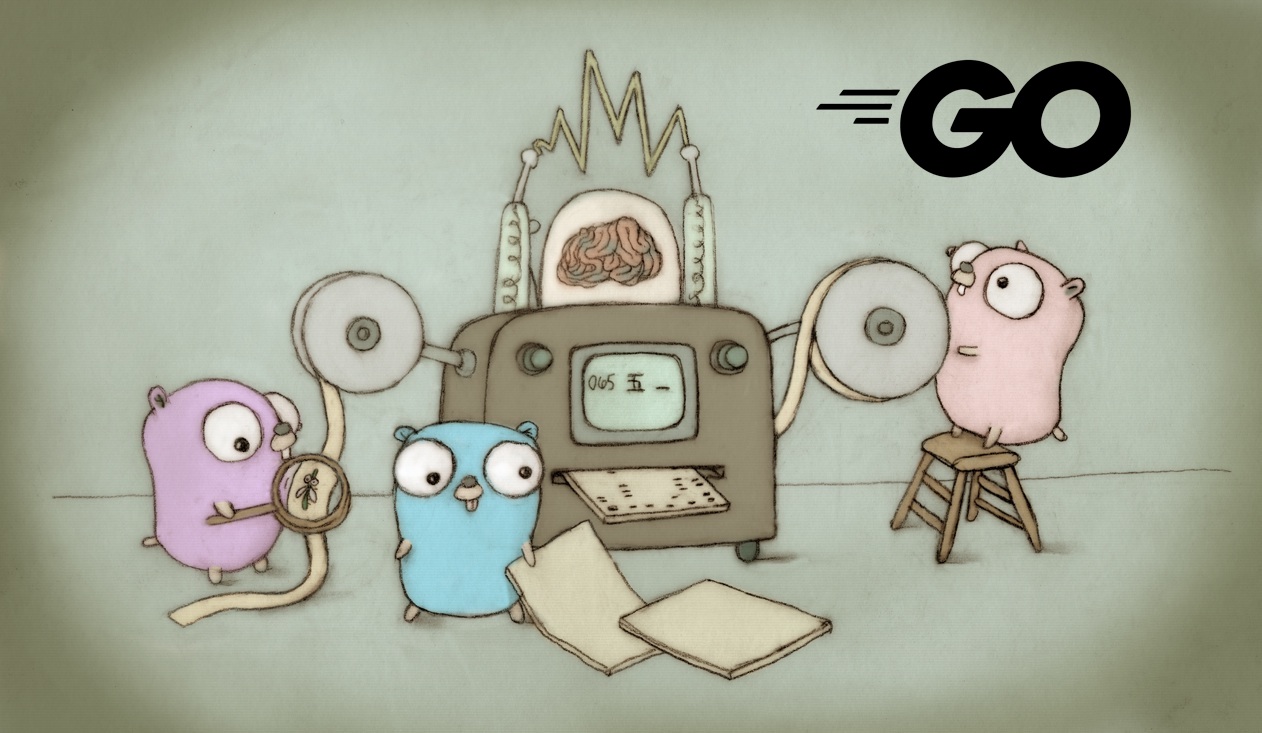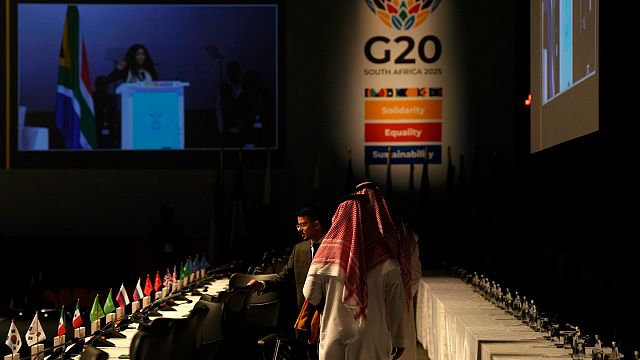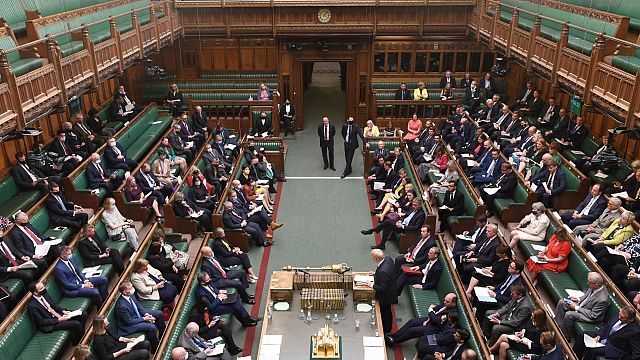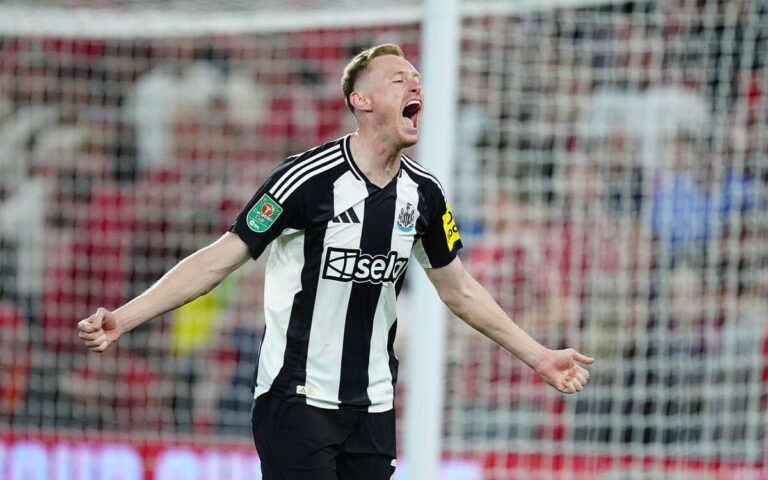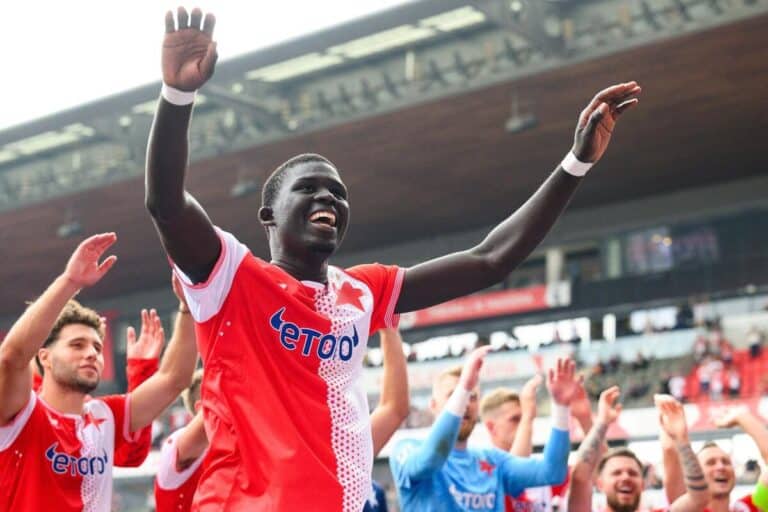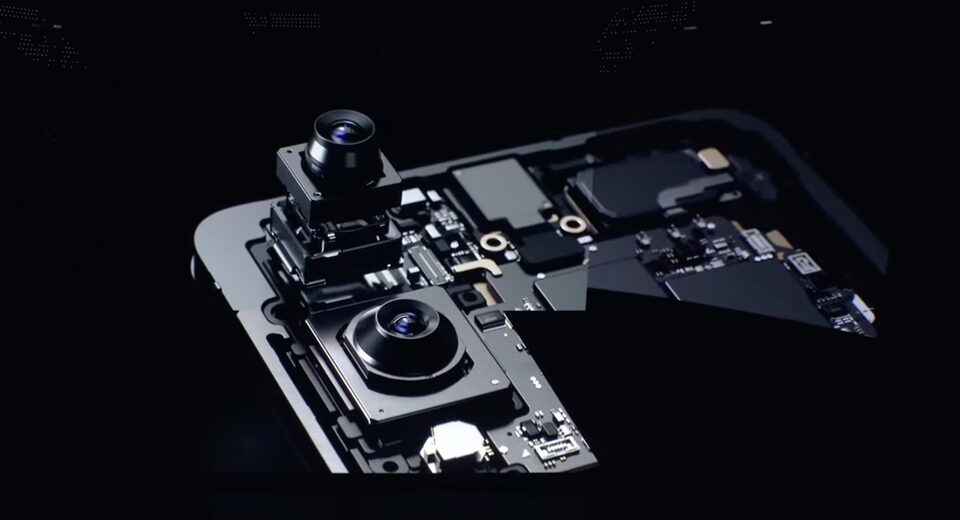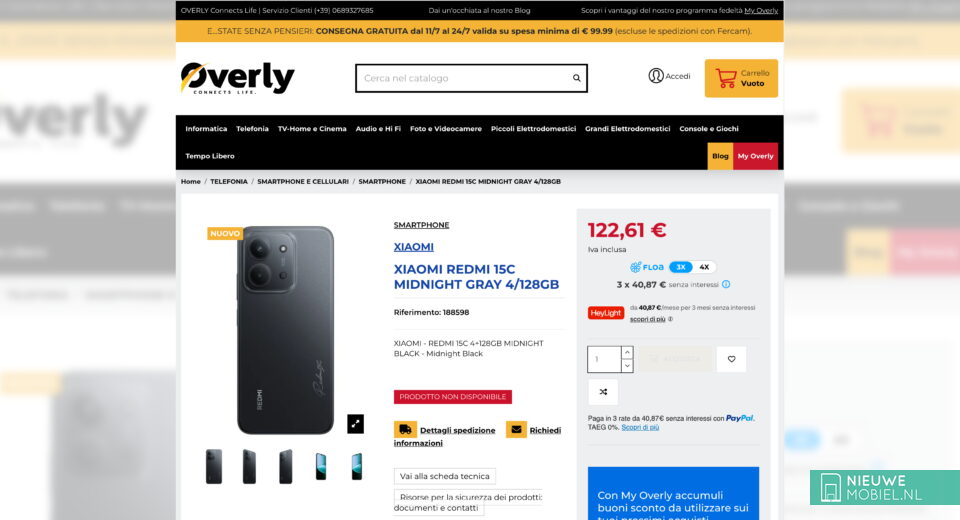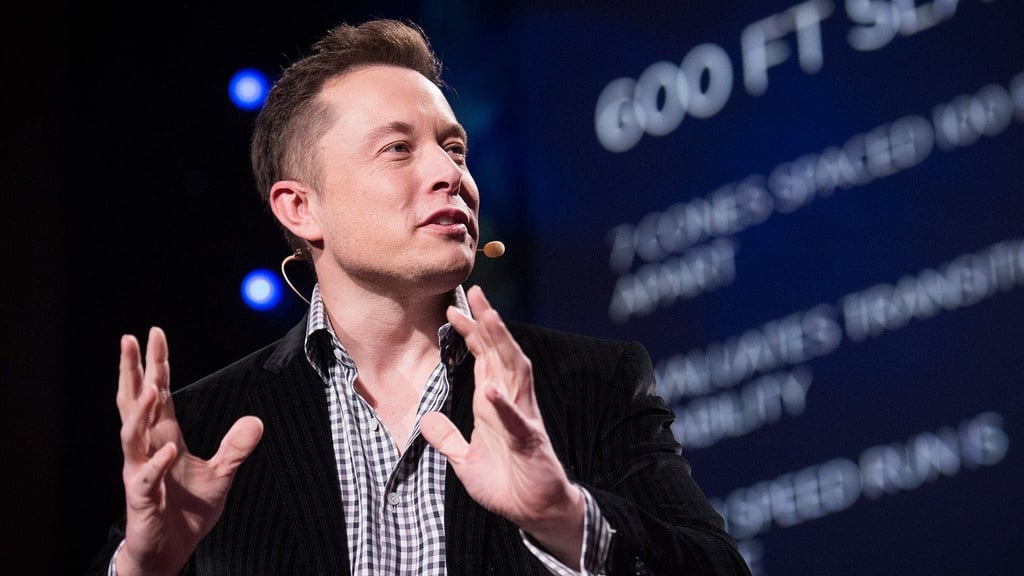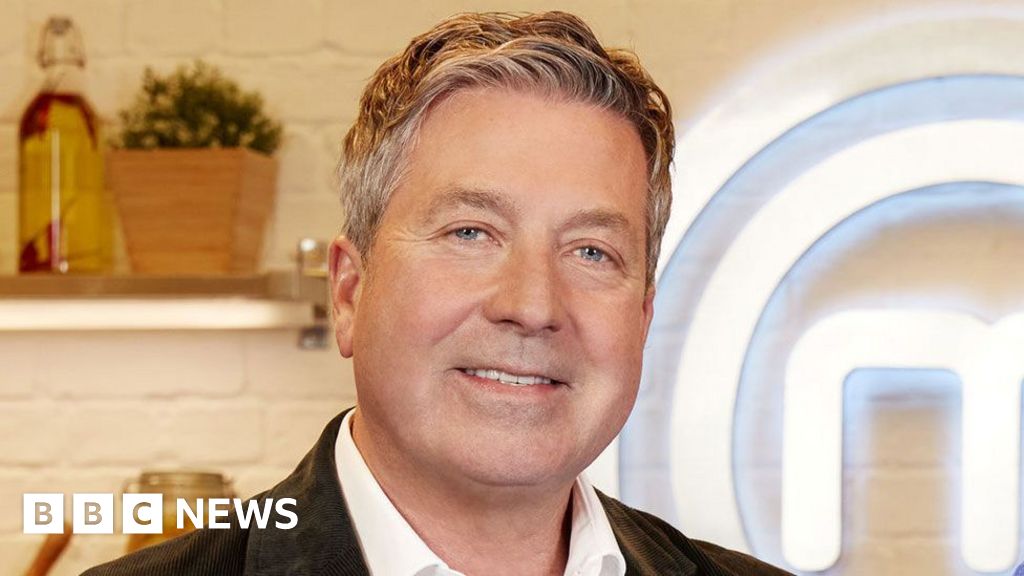JPMorgan, Wells Fargo and Citi Report Solid Earnings Despite Trump Tariff Risks


For years, Wall Street’s top bankers have watched with a mix of envy and exhaustion as power, profits and the popular imagination shifted westward to Silicon Valley.
Being out of the spotlight, however, is proving profitable in the second Trump era. While many industries have been upended by the president’s topsy-turvy trade and immigration policies, Wall Street is quietly humming along just fine.
Some of the biggest lenders in America reported strong quarterly earnings on Tuesday along with increasing — if tentative — optimism that the U.S. economy has more room to run. The reports were a reminder that in the world of high finance, uncertainty is often a chance to make money.
JPMorgan Chase, the largest bank in the country, exceeded forecasters’ expectations for the second quarter, earning about $15 billion. Importantly, its haul from advising on corporate deal making rose, defying expectations for a decline amid uncertainty over global trade. The bank credited a shift in momentum as the most extreme of President Trump’s tariffs were repeatedly delayed, as well as the extension of corporate tax breaks.
JPMorgan’s chief executive, Jamie Dimon, whose words are carefully parsed on Wall Street, suggested a greater degree of optimism in his prepared remarks. While his remarks in the first quarter called out “considerable turbulence (including geopolitics)” in the economy, he flipped on Tuesday, saying that the economy was “resilient” and that “the finalization of tax reform and potential deregulation are positive for the economic outlook.”
The bank’s chief financial officer, Jeremy Barnum, summed up the mood among the bank’s clients on a call with reporters: “The corporate community has sort of accepted that they just have to get through this.”
JPMorgan’s stock has gained about 20 percent this year, far outperforming the S&P 500, which has risen 6.5 percent.
Citi and Wells Fargo also reported earnings on Tuesday. Wells Fargo announced a profit of $5.5 billion, up 12 percent from a year ago. Last month, the Federal Reserve freed Wells Fargo from the asset cap that had constrained it for seven years — a penalty regulators imposed in response to the bank’s sham accounts scandal and other misdeeds.
Wells Fargo’s chief executive, Charles W. Scharf, forecast good conditions ahead for the bank. After a brief nod toward economic risks, he said customers were staying active and keeping up with their debts. The bank intends to increase its dividend by 12.5 percent next quarter.
Asked on a call whether tariffs were affecting Wells Fargo’s customers, Mike Santomassimo, the bank’s finance chief, said it was too early to judge. “I think it’s causing some clients to be a little cautious about borrowing or big investments they may want to make,” he said.
Big banks’ results are closely followed by investors, both because they traditionally kick off the quarterly earnings season as well as provide a window into consumer spending. That data was a mixed bag on Tuesday: Citi, which beat profit expectations, flagged a worsening macroeconomic environment compared with a year ago, but JPMorgan said it no longer believed it needed to set aside as much money to cushion against future loan losses.
“Frankly,” said Mark Mason, Citi’s chief financial officer, “the impact of tariffs and how that might show up in inflation and what some of the other unintended consequences might be is still unknown.”
More lenders, including the investment banks Goldman Sachs and Morgan Stanley, are expected to report earnings on Wednesday and anticipated to shed further light on the status of mergers and acquisitions, among other corporate activities.
What's Your Reaction?
 Like
0
Like
0
 Dislike
0
Dislike
0
 Love
0
Love
0
 Funny
0
Funny
0
 Angry
0
Angry
0
 Sad
0
Sad
0
 Wow
0
Wow
0
